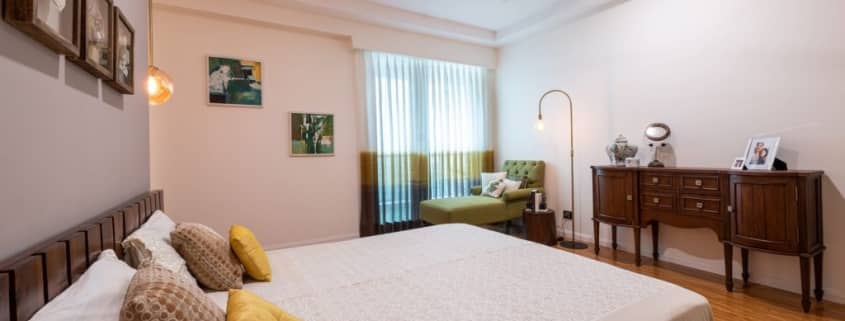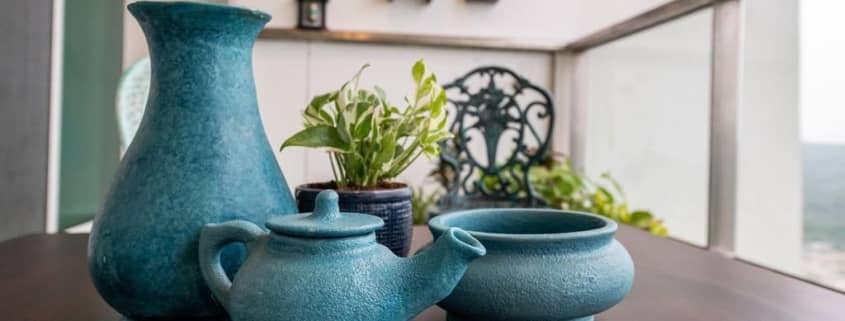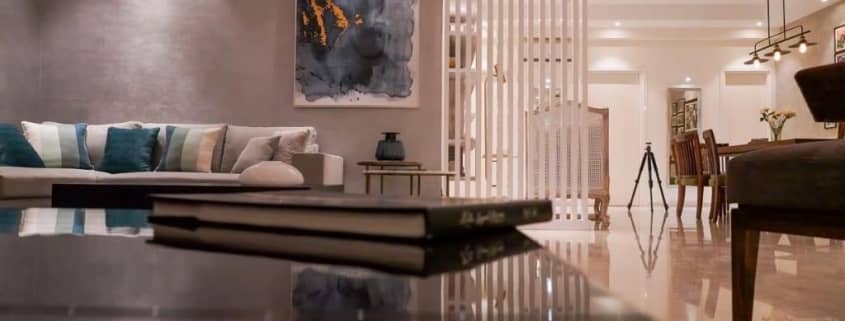Without a personal sense of style, a home is nothing but just a house
Without a personal sense of style, a home is nothing but just a house, with some walls and ceilings. Your place must have the right mix of being functional and stylish. Be it your apartment, your office or your commercial space, it is important to maintain a composed and soothing atmosphere in your space. The interior design process comes into play at this level and helps to solve the problem. The intention of this blog is to help you understand the process and how different phases lead to excellent interiors.
Let me take you through the 5 major phases of interior design that collectively form the entire interior design process.
These processes are:
Strategic Planning Phase: Our first step after the initial meeting for any interior design project that we take up, is to inspect the job site and do a walkthrough. We understand the client’s requirements and also things they like doing, the surroundings of their house and their expectations and overall liking. This helps to create the concept
Conceptual Development Phase: During the conceptual development, functionalities are defined. We create a mood board to help clients understand the theme and concept. Once the mood board concept is approved we work on basic site plans, simple elevations and a new floor plan to make use of blank spaces and rough sections.
Design Development Phase: Once the design and theme are approved the creative juices flow to create the masterpiece of the space. Now, keeping a sync with the architecture and the design theme we start bringing things together in the form of 3d sketches. Every element we select, from flooring to tiles, to mirrors to furniture is done with a focus on the approved design theme. This gives a micro look at how the space would turn out after implementation.
Construction Documentation Phase: At this stage, the approved design is translated into construction documents for contractors for any civil work. The cost estimation is done and a projection is created and gets approved by the client.
Construction Maintenance & Administration Phase: This is the phase where the actual magic happens. The civil work starts now simultaneously we start working on procurement and design of other elements. At Creatives By Riimaa we have stringent procedures in place to ascertain excellent quality, timely services to our clients. Gradually everything starts falling in place as approved in the above phases.
At Creatives By Riimaa we passionately give life to every house. Our team is skilled and well experienced to handle any situation. We don’t leave any stone unturned to ensure a million-dollar smile when they see everything come together!



